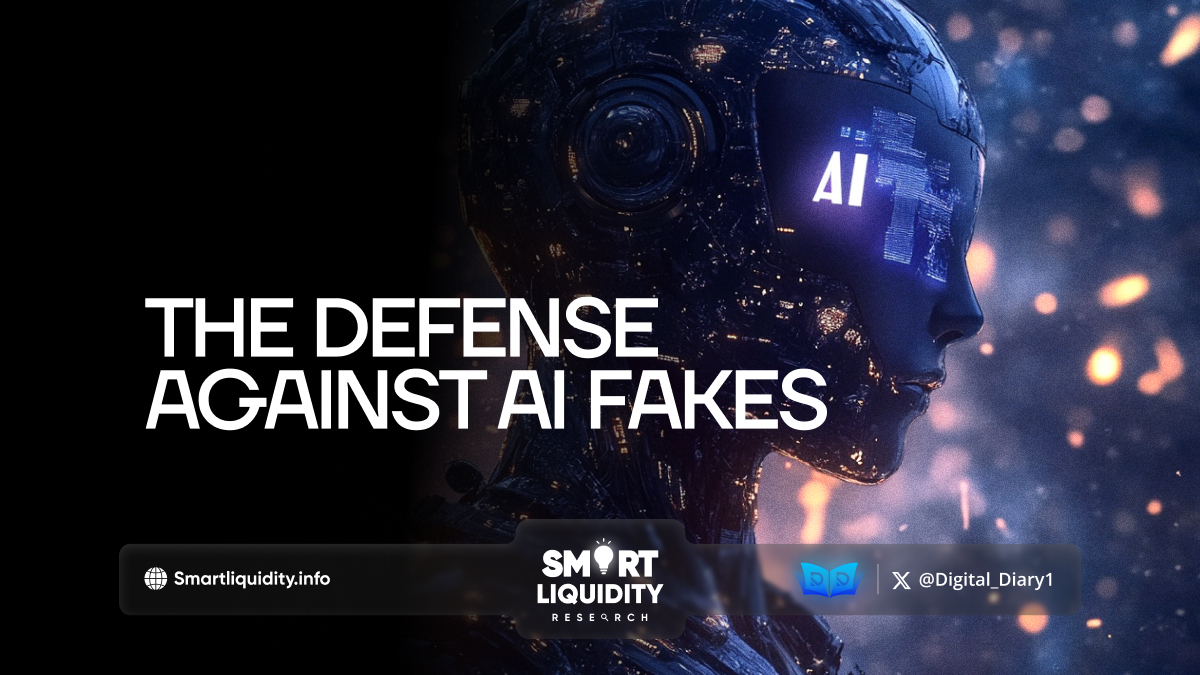Blockchain: The Defense Against AI Fakes


In today’s digital landscape, the rise of artificial intelligence (AI) has revolutionized how we create and interact with content. While AI has brought forth incredible advancements, it also poses significant challenges, particularly in the realm of authenticity. As AI-generated content becomes increasingly indistinguishable from genuine human creations, concerns about misinformation, deepfakes, and digital forgery are at an all-time high. Enter blockchain technology, a powerful tool that promises to safeguard against these AI fakes, ensuring integrity and trust in the digital age.
The Challenge of AI Fakes
AI’s capability to generate hyper-realistic images, videos, and text has far-reaching implications. While these advancements can enhance creativity and efficiency, they also open the door to deception. Deepfakes, for example, can manipulate videos to portray individuals saying or doing things they never did, leading to misinformation and erosion of trust. The stakes are high, as fake news and digital impersonations can influence public opinion, disrupt economies, and damage reputations.
The Role of Blockchain in Authenticity
Blockchain technology is often heralded for its transparency and security. By creating an immutable ledger, blockchain can effectively counter the threats posed by AI-generated fakes in several keyways:
- Provenance Tracking: Every digital asset—be it an image, video, or piece of text—can be recorded on the blockchain, detailing its origin and the chain of custody. This allows consumers to verify the authenticity of a piece of content, ensuring it hasn’t been tampered with or misrepresented.
- Decentralization: Traditional verification methods often rely on centralized authorities, which can be biased or easily manipulated. Blockchain eliminates this dependency by distributing the validation process across a network of users. This collective verification enhances trust and reduces the risk of fraud.
- Smart Contracts: Blockchain enables the use of smart contracts, which can automate the verification process. For example, a smart contract can be programmed to authenticate a digital asset’s origin before it’s shared, ensuring that only verified content is disseminated.
- Tokenization of Content: By tokenizing digital assets, creators can establish ownership and rights over their work. This not only protects creators from unauthorized use of their content but also allows consumers to support original works while avoiding fakes.
Real-World Applications
Several innovative projects are already leveraging blockchain to combat AI fakes:
- Content Authentication Platforms: Startups are developing platforms that use blockchain to verify the authenticity of digital content. By recording the creation process on a blockchain, these platforms can provide proof of authenticity to consumers.
- NFTs (Non-Fungible Tokens): NFTs have revolutionized the art world by providing a unique digital certificate of authenticity for digital artworks. This technology can be applied to various forms of media, making it easier for consumers to identify genuine creations amidst a sea of fakes.
- Social Media Verification: Some social media platforms are exploring blockchain to enhance the verification of users and content. This could drastically reduce the spread of misinformation by allowing users to verify the authenticity of the information they encounter.
The Future of Content Integrity
As AI technology continues to evolve, the need for robust defenses against fakes will only grow. Blockchain offers a compelling solution that empowers creators, enhances trust, and promotes authenticity in a digital world increasingly fraught with deception. By embracing this technology, we can pave the way for a more transparent and reliable digital landscape, where content integrity is upheld, and creativity flourishes.
Conclusion
In the battle against AI fakes, blockchain stands out as a formidable ally. Its unique features not only protect creators but also empower consumers to navigate the digital realm with confidence. As we progress, industries must adopt innovative solutions to ensure content authenticity in an era where AI blurs reality.




